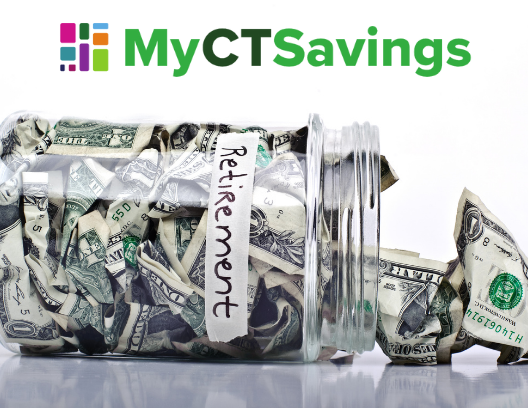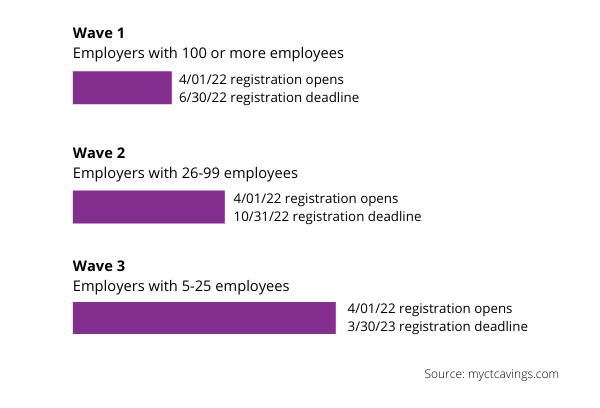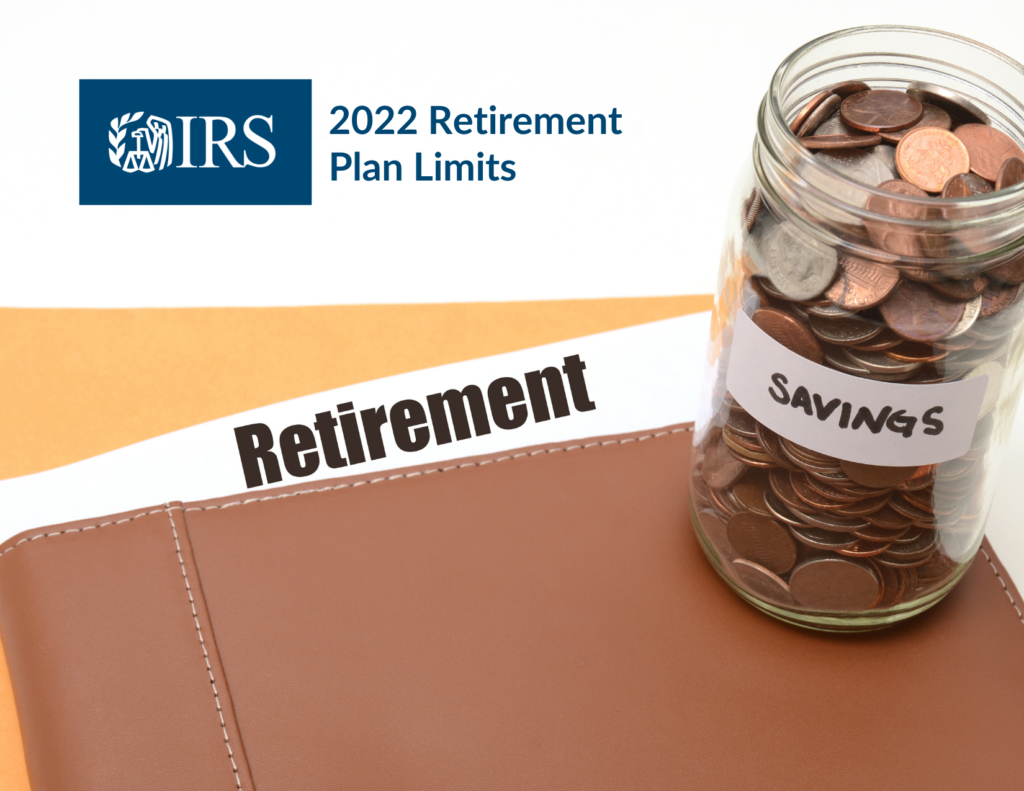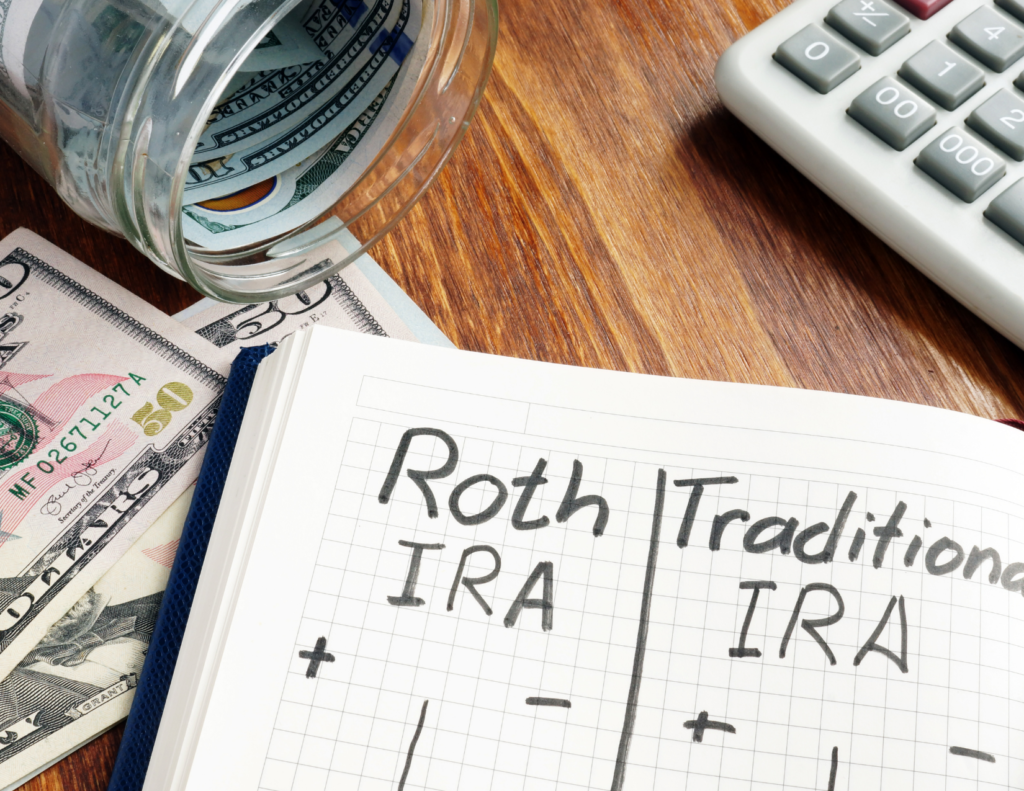The SECURE Act — Setting Every Community Up for Retirement Enhancement — was passed in 2019. After that, SECURE Act 2.0 was passed in December 2022 and went into effect January 1, 2023.
The SECURE Act 2.0 establishes new rules regarding the timeline that individuals must adhere to with regard to taking required minimum distributions (RMDs) from their retirement accounts. The SECURE Act 2.0 also reduces penalties attached to RMDs, among other things.
Important Changes Taxpayers Need to Know About
The SECURE Act increased the age at which taxpayers must start taking RMDs to 72. But with the passage of the SECURE Act 2.0, the age increased to 73. In 2030, the age will increase to 74, and in 2033, it will be 75.
Before any legal changes went into effect, the penalty for failing to withdraw any RMDs was 50%, but the new laws have reduced the penalty by half, to 25%. Additionally, the penalty will be reduced to 10% for individual retirement account owners if the account owner withdraws the RMD amount previously not taken and submits a corrected tax return in a timely manner.
Keep in mind that tax-related consequences can go into effect if an RMD is not taken in a timely manner, let alone ever. Also, other factors will influence RMDs over time, such as individuals no longer needing to withdraw RMDs from employer-related Roth accounts beginning in 2024.
In time, a Roth-associated emergency savings account can be added to a defined contribution retirement plan as well. In 2025, the limit for catch-up contributions will increase for those who are at least 50 years old. In the same year, taxpayers aged 60 to 63 will be able to add $10,000 more to their accounts on an annual basis. These dollar values will be indexed to inflation.
Please note that catch-up contributions for people who earn more than $145,000 will need to be made to a Roth account, with after-tax dollars.
Furthermore, in 2025, employers will be permitted to auto-enroll eligible employees into defined contribution plans whereby the respective employees will automatically make deferrals between 3% and 10% of eligible compensation. Employees would be required to affirmatively opt out of this feature to avoid the auto-enrollment. Businesses that employ no more than 10 workers as well as companies that have been in operation for fewer than three years are exempted from the automatic enrollment provisions. Also in 2025, portability services might roll out, allowing retirement plans to provide automatic transfers of certain retirement accounts to a new plan if and when an employee switches jobs.
Additionally, part-time employees who have worked for a company for two years and performed at least 500 hours of work are eligible to enroll in company retirement plans. Previously, three years of service were required.
Starting in 2024, employers may opt to make contributions to workplace savings plans on behalf of employees with student loan debt even if those employees do not make retirement plan contributions. Certain 529 plan assets can be rolled over to a Roth IRA for the beneficiary, subject to annual Roth contribution limits and an aggregate lifetime limit of $35,000.
The SECURE Act 2.0 expanded the exceptions to the current 10% penalty for early withdrawal from a retirement account. Also beginning in 2024, the maximum contribution amount for qualified charitable distributions will be allowed to increase based on the inflation rate.
In addition, beginning last year, taxpayers have a one-time opportunity to use a qualified charitable distribution to fund a Charitable Remainder Unit Trust, Charitable Remainder Annuity Trust or Charitable Gift Annuity up to $50,000.
This is just a summary of the more prominent provisions in the Secure Act 2.0. To fully understand what impact the Secure Act 2.0 may have on you personally, and when, consider consulting with a CironeFriedberg tax professional before taking any action.










